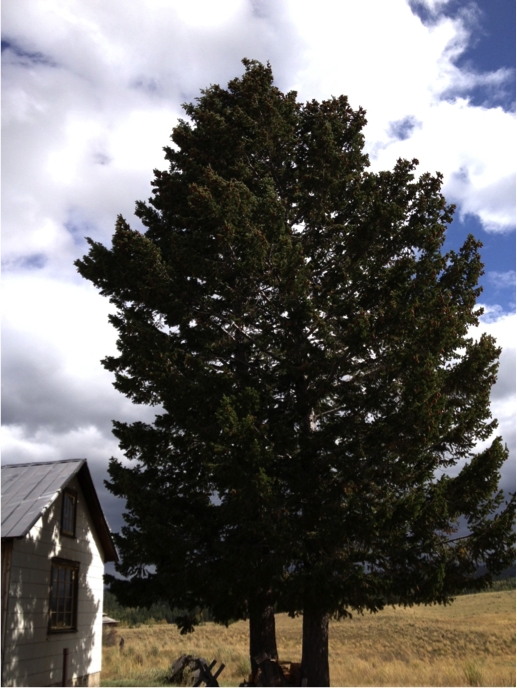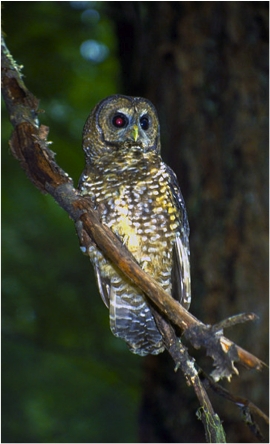Douglas Fir : Ecological Importance
In the past, in landscapes less dominated by humans and human needs, Douglas-firs were pioneer species, particularly after forest fires. After a wildfire burns through an old growth forest, often the only remaining live trees are mature Douglas-firs. Due to their thick bark, which protects them from the heat, these trees will be the only spots of green in a burned area. Not only do they survive the fires, the nutrients provided by the ash are exactly what Douglas-fir seedlings need to grow. The cones of the Douglas-fir do not depend on fire to open the seeds like some other conifers. Additionally, the fire clears out most of the trees and undergrowth from a landscape, leaving plenty of shade-free, open space for young Douglas-firs to grow. Without fire, natural Douglas-fir forests would be severely limited as to where they could grow. Conversely, without Douglas-firs, after a fire, forests would be much slower in reclaiming the burnt land.
Throughout their lives as standing trees, Douglas-firs will provide homes, and often food as well, for a variety of different animals. In the northwest region these include: ravens, black and white pileated woodpeckers (these also help remove the Douglas-fir Beetle), Swainson’s thrushes, yellow warblers, Douglas squirrels, juncos, black-tailed deer, and numerous other bird species that feed on the seeds and/or make their nests in the branches.
Douglas-firs also have an interesting relationship with mycorrhizal fungi; these are types of fungi that attach themselves to the roots of most trees (of all species). They take sugar from the roots of their host, but in return they provide the tree with access to hundreds, if not thousands, times more surface area to get nutrients and water out of the ground. In the case of the Douglas-fir, they also sometimes connect individual trees together so they can share nutrients between them. After the death, and falling over, of a tree, the rotting trunk, aided by carpenter ants and termites, provides nutrients and soil to the species that will take over the forest in its climax stage: primarily western hemlocks, red cedars and true firs.
The most common and well-known ecological relationship with the Douglas-fir is the case of the northern spotted owl. These endangered birds make their homes in dead but standing trees in old-growth Douglas-fir forests. The owls need large territories in order to sustain themselves and the populations of their prey. When they produce offspring, these birds then need to fly great distances to find territory of their own to live on. In order for this to happen, there needs to be huge expanses of old-growth forests. With human logging taking down exactly these types of woodlands at ridiculous rates, coupled with natural events such as the Mt. St. Helens eruption and forest fires, the spotted owl and the Douglas-fir have collectively become the symbol for environmentalists against logging.


